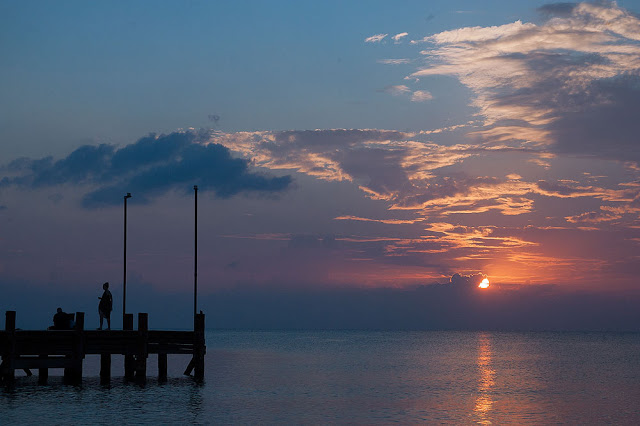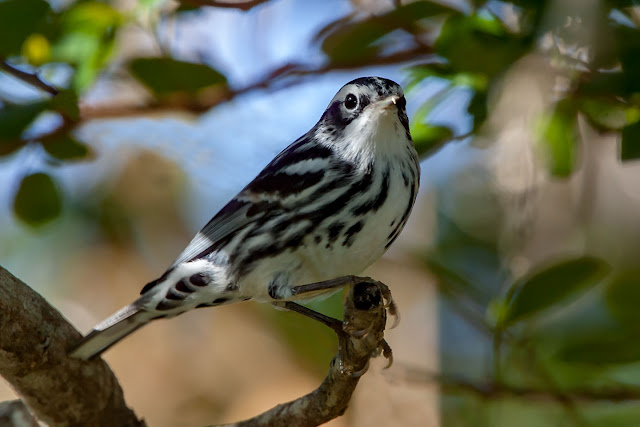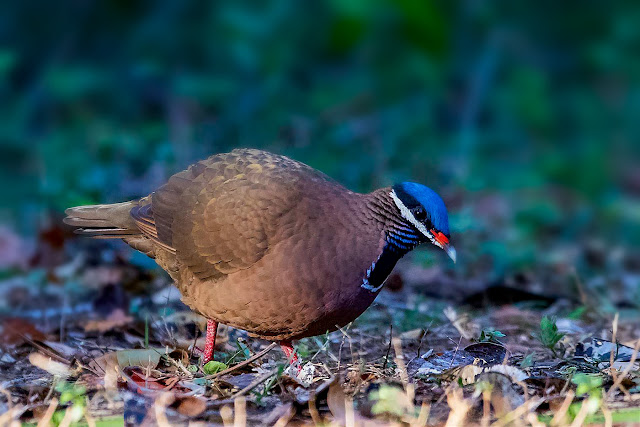The archipelago of Cayo Coco (Coco Key) is an island group in central Cuba, known for its all-inclusive resorts. It lies within the Ciego de Avila Province and is part of a chain of islands called Jardines ("King's Gardens"). The Cay is administered by the Moron municipality, has a surface area of 370 km, and is named after the White Ibis, locally called coco (coconut) birds
Coco Ibis
The white ibis occupies a variety of inland and coastal habitats, including forests, tropical mangroves, and wetlands, such as salt marshes and swamps
The island is well known for its long beaches and many resort hotels and the abundance of wintering American Warbles and Waders.
Still
largely wild with swamps and scrubland populated by wild cattle, the islands
boast about a dozen large international hotels currently offering approximately
5000 rooms. The Jardines del Rey project plans to eventually offer many more rooms. Beaches are attractive for tourists and the massive coral reef off the
north coast attracts divers from around the world.
History
Cayo Coco was used as a hideout by buccaneers in the early colonial
period, the island was home to a small settlement of fishermen and charcoal
producers until 1955 when the freshwater supply was exhausted and the charcoal market ended with the spread of electrification after the Cuban
Revolution. A causeway connecting the island to the Cuban mainland opened on 26
July 1988, and resort construction began.] The first resort, Guitart Cayo Coco
(now the Hotel Colonial Cayo Coco), opened in 1993. The Cuban exile group Alpha
66 attacked the resort with machine guns in 1994 and 1995, but there were no
injuries.
On September 9, 2017, Cayo Coco was devastated by Hurricane Irma
Horace
 Hotel Melia
Hotel Melia
We stayed at the hotel Melia at Cayo Coco which was fantastic, very nice and clean airy rooms with all the gadgets, great seafood, music, beach, weather, and lovely friendly people, highly recommended it.
This was supposed to be a nonbirding package holiday for me and my partner Trish, but knowing full well that it was famous for bird life, I took a small telephoto lens just in case I came across anything good.
On the first day, we were just wandering around, finding out where everything was at the hotel. I had my binoculars around my neck, it attracted the attention of one of the gardeners, he asked me if I liked birds I told him that I like to take bird photographs, he told me that I should follow him and that there was a very special place where all the bird came to visit.
He lead me to the hotel's Nursery Garden where all the young cuttings and plants were kept and in a quiet corner of the garden was a broken irrigation pipe, the water system came twice a day which left a small puddle and it was visited all day by lots of different birds.
and so I spent most mornings and afternoons taking photos there.
The gardener supply a chair for me to sit on and so I would just sit quietly and wait for birds to turn up it was the easiest birding I ever had. I did of course photograph birds in different habitats ( Beach, mangroves, swamp areas, and jungle )
And below is just a small selection of the thousands of bird photos from the fantastic Cayo Coco
Hope you enjoy the photographs
Have great day
Cheers Bryan
 Black-throated Blue Warbler
The black-throated blue warbler is a small passerine bird of the New World warbler family. Its breeding ranges are located in the interior of deciduous and mixed coniferous forests in eastern North America. Over the cooler months, it migrates to islands in the Caribbean and Central America.
Tricolored Heron
Black-throated Blue Warbler
The black-throated blue warbler is a small passerine bird of the New World warbler family. Its breeding ranges are located in the interior of deciduous and mixed coniferous forests in eastern North America. Over the cooler months, it migrates to islands in the Caribbean and Central America.
Tricolored Heron
 Crescent-eyed Pewee
Crescent-eyed Pewee
Cape May Warbler
Great Egret
Black and White Warbler
Black and White Warbler
American Redstart
Yellow-throated Warbler
 Tricolored Heron
Tricolored Heron
Great Blue Heron
Great Blue Heron
( white morph)
American Flamingo
Brown Pelican
Great Heron
 Killdeer
Killdeer
Laughing Gull
Laughing Gull
Royal Tern
Great lizard-cuckoo































































































